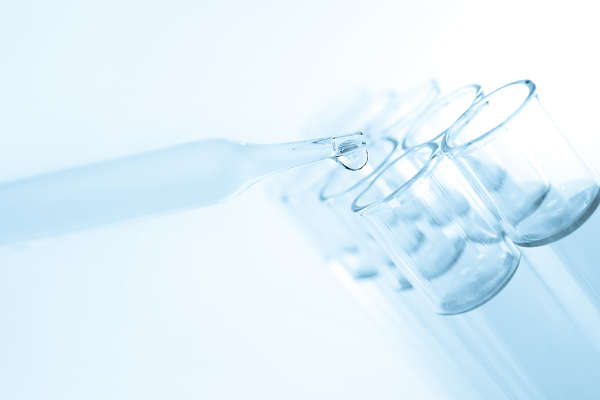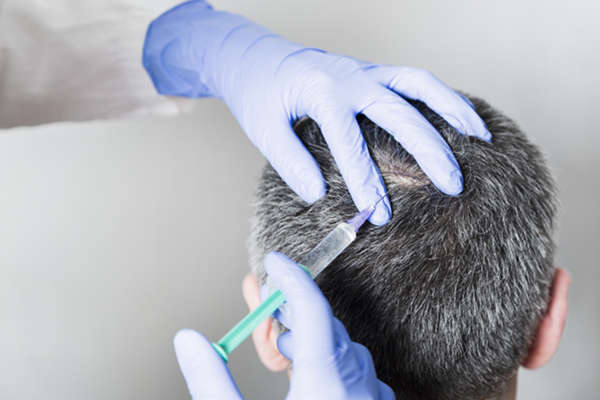Hair regeneration with IML stem cells is a treatment based on the application of autologous grafts to repair and restore the function of tissues such as bone, cartilage, skin, hair , and others.

The IML hair regeneration treatment with stem cells stimulates hair growth and increases its density
The main indications of capillary regeneration with stem cells are:
Fatty tissue is a multifactorial organ that has several cell types:
These cells have regenerative abilities such as wound healing, antioxidant protection and anti-wrinkle action.
Different studies have shown that the involvement of immature fat cells is necessary for proliferation of stem cells of the hair follicle bulge, responsible for the follicle to initiate the anagen phase of the hair cycle. Other authors propose substances such as leptin and adipokine as inducers of the anagen phase. Thus, it is clear that the lineage of mesenchymal stem cells from fatty tissue is necessary for hair regeneration and growth.
The combination of stem cells derived from fat, pericytes, endoteliocytes, the preadipocytes and all the organic molecules and inorganic elements secreted by all of them have capacity to stimulate the growth of the hair.

Fatty tissue stem cells are necessary for the initiation of the hair growth cycle
To obtain the mesenchymal stem cells it is necessary to separate them from the donor tissue. To achieve this separation, two methods have traditionally been used:
Most of these procedures may require several hours. Some types of specimens are more easily disaggregated than others and may consist of very delicate cells.
The new IML automated disintegration system separates the stem cells in a few minutes, using patented equipment that generates a suspension ready to infiltrate micro injections in the area to be regenerated.
Automated mechanical disintegration mechanism is proven by numerous clinical and scientific studies that have shown that stem cells are smaller than 50 microns. With these characteristics and using a separation system only in function of cell size, we are able to obtain a sample in which the concentration of stem cells can be above 80%.
Rigenera is the automated mechanical disintegration system available at Instituto Medico Laser in Madrid. This equipment, which has CE marking and FDA authorisation, has a grid with 100 foramens of 50 microns in hexagonal shape, around which there are 6 micro slats that efficiently cut the donor tissues. Through a specific movement and within a few minutes, the stem cells, which are smaller than 50 microns, pass through the grid, where they are mixed with a sterile physiological solution and prepared for infiltration with a syringe.
The capillary regeneration procedure with IML stem cells can be summarised in the following steps:
The treatment requires just one session. Our physician recommend an annual maintenance session.
In cases of severe fall, the procedure may be repeated 2 or 3 times at intervals of 30 or 40 days, depending on the clinical response.

The capillary regeneration procedure with IML stem cells is performed in one session
The infiltrated stem cells can induce an activation of hair follicle metabolism, with an evident improvement of hair quality and with a relative increase in its density in the treated area.
Results are visible several weeks after treatment.
In cases of alopecia, it is advisable to apply a maintenance session every 8 to 12 months.
It is also interesting to apply it in capillary micrograft techniques, to improve the viability and vitality of the grafts. In this case, it is sufficient to apply one session, which is practised simultaneously to the grafting, in the whole receiving area or area to be grafted.
Capillary regeneration treatment with stem cells is compatible with other therapies, such as bioactive peptide Hair Filler, Growth factors, mesotherapy, phototherapy or carboxitherapy.
Would you like to know whether Rigenera is for you? Request a free informative consultation now with one of our expert physicians.